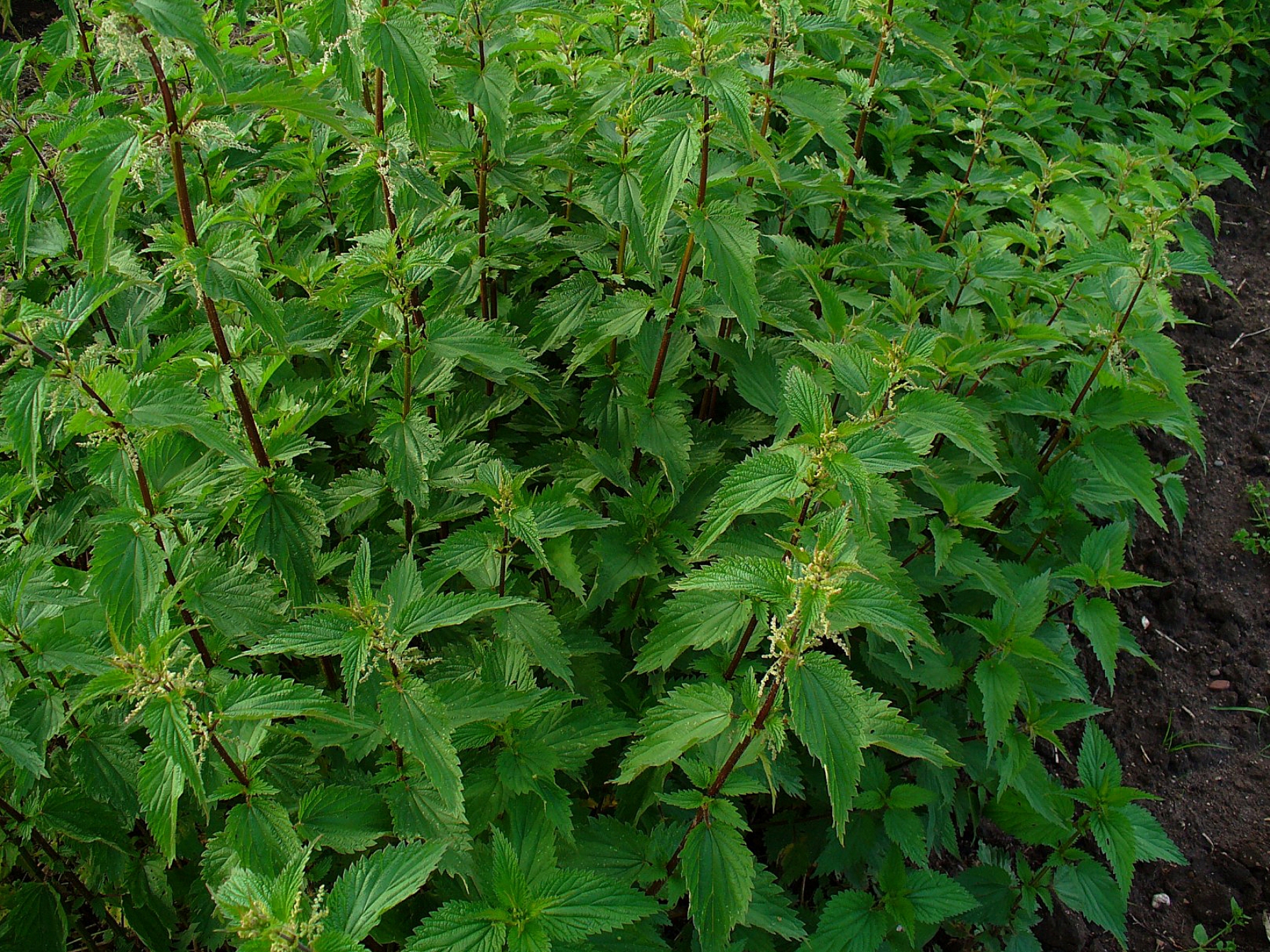Stinging Nettle (Urtica dioica)
Stinging Nettle is a fitting name for this plant, because it has formic acid in its leaf hairs. However, this plant was used for many medical uses, including abdominal issues, and is still eaten today! You can safely touch this plant if your skin is covered.
Photo: H. Zell
Why They Matter to Us
Has long been utilized by Indigenous people to treat various medical conditions
Is full of vitamins important to human health
Has a strong association with human habitation and disturbance
Can indicate if the ground is frequently wet because the Stinging Nettle thrives in moist soil
Indigenous Uses for Stinging Nettle
Indigenous people used fresh leaves to treat acne, eczema, diarrhea, intestinal worms, and urinary tract infections
Nettles were boiled into a tea and drank as a childbirth aid by increasing milk production, hastening labor and relaxing the muscles
Stinging nettle leaves were used as a food and nutrient source including chlorophyll, carotene and Vitamin C
The plant’s long fibers were transformed into cord and fishing line
Photo: Patrick Kyle
How to Identify
Stinging nettles can be up to 3 m tall with opposite leaves that are jagged-toothed in shapes ranging from spear-like to oval.
Stinging nettle flowers are tiny, numerous green-ish and grow in drooping clusters on the plant.
Where to find
Stinging nettle is found throughout Canada except Nunavut. They prefer areas with moist, rich soils such as riparian areas and moist woodlands.
Food Chain
Stinging nettles are primary producers which means they create their own food. To create their own food with photosynthesis, they required mineral-rich soils, water and sunlight.
Due to the stinging nettle’s natural protection, this plant is avoided by most animals, except the larvae of various butterflies and moths.
Fun Facts
In Europe, the chlorophyll from this plant is used commercially as a food-safe green coloring agent (E140)
Stinging nettle leaves, which have a peppery zing or spinach like taste, are perfectly edible, BUT blanch the leaves thoroughly for safe eating first!
When the hairs on nettle leaves are broken, formic acid is released, causing a stinging on the skin.
Formic acid is used by humans for preserving livestock feed , household cleaning products and to protect pipes against corrosion
Sources
Nature’s Nourishment. 20 Recipes Featuring wild native plants found in the Edmonton Region, from the Edmonton and Area Land Trust
Formic Acid scientific article, from the Ullmann's Encyclopedia of Industrial Chemistry



